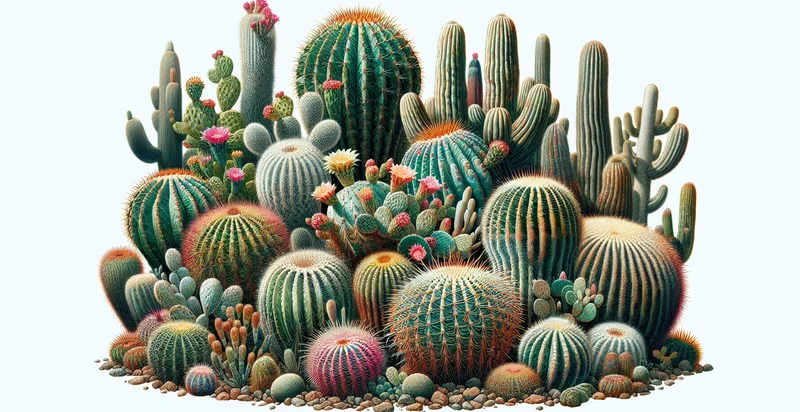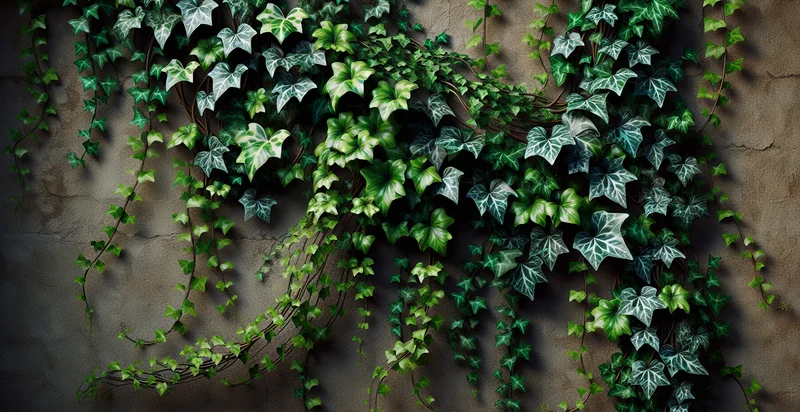Identify is this a bluebell
using AI
Below is a free classifier to identify is this a bluebell. Just upload your image, and our AI will predict if it's a bluebell - in just seconds.

Contact us for API access
Or, use Nyckel to build highly-accurate custom classifiers in just minutes. No PhD required.
Get started
import nyckel
credentials = nyckel.Credentials("YOUR_CLIENT_ID", "YOUR_CLIENT_SECRET")
nyckel.invoke("is-this-a-bluebell", "your_image_url", credentials)
fetch('https://www.nyckel.com/v1/functions/is-this-a-bluebell/invoke', {
method: 'POST',
headers: {
'Authorization': 'Bearer ' + 'YOUR_BEARER_TOKEN',
'Content-Type': 'application/json',
},
body: JSON.stringify(
{"data": "your_image_url"}
)
})
.then(response => response.json())
.then(data => console.log(data));
curl -X POST \
-H "Content-Type: application/json" \
-H "Authorization: Bearer YOUR_BEARER_TOKEN" \
-d '{"data": "your_image_url"}' \
https://www.nyckel.com/v1/functions/is-this-a-bluebell/invoke
How this classifier works
To start, upload your image. Our AI tool will then predict if it's a bluebell.
This pretrained image model uses a Nyckel-created dataset and has 2 labels, including No Bluebell and Yes Bluebell.
We'll also show a confidence score (the higher the number, the more confident the AI model is around if it's a bluebell).
Whether you're just curious or building is this a bluebell detection into your application, we hope our classifier proves helpful.
Related Classifiers
Need to identify is this a bluebell at scale?
Get API or Zapier access to this classifier for free. It's perfect for:
- Wildflower Conservation: Organizations focused on environmental conservation can use the bluebell identifier to monitor and protect bluebell populations in natural habitats. By accurately identifying bluebells, they can assess the health of ecosystems and implement targeted conservation efforts.
- Botanical Research: Researchers studying plant species can leverage the bluebell identifier to assist in the classification and cataloging of plant samples. This tool can help streamline the process of identifying bluebells in field studies, ensuring accurate data collection for ecological research.
- Garden Design and Landscaping: Landscape architects and gardeners can utilize the bluebell identifier when designing gardens or natural landscapes. By ensuring the correct identification of bluebell plants, they can enhance biodiversity and create aesthetically pleasing environments that thrive with appropriate species.
- Educational Programs: Schools and educational institutions can apply the bluebell identifier in biology or environmental science curricula. This technology can be used to teach students about plant identification, biodiversity, and the importance of conservation efforts in their local ecosystems.
- Tourism and Nature Guides: Eco-tourism companies and nature guides can employ the bluebell identifier to enhance their guided tours. By providing accurate information about bluebell species, they can enrich the tourist experience, making it more informative and engaging while promoting awareness of local flora.
- Mobile Applications for Nature Enthusiasts: Developers can create mobile applications that incorporate the bluebell identifier for nature enthusiasts and hikers. Users can take pictures of plants while on trails, and the app can instantly confirm if they are looking at bluebells, encouraging exploration and appreciation of native plants.
- Agricultural Monitoring: Farmers and agricultural consultants can use the bluebell identifier to assess areas where bluebells might be invasive or compete with crops. By accurately identifying bluebell populations, they can manage land use and protect agricultural investments while supporting biodiversity.


